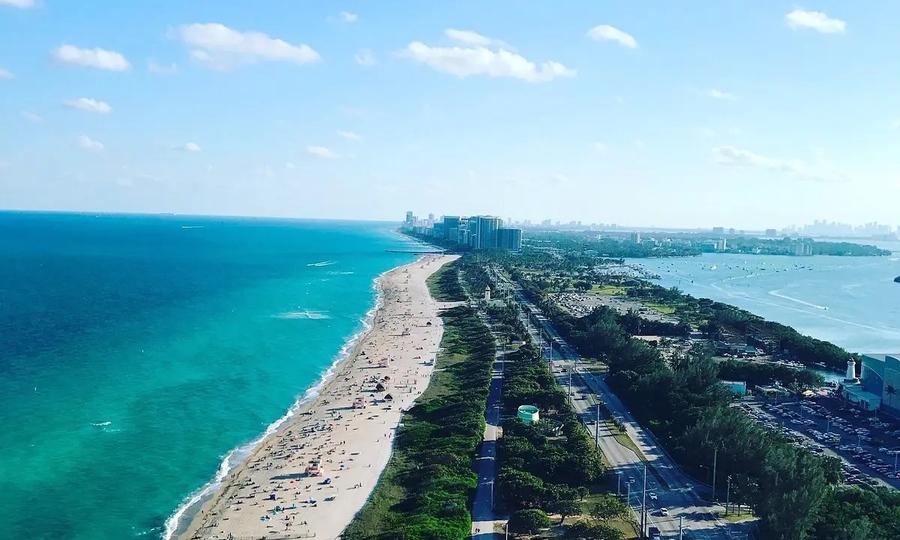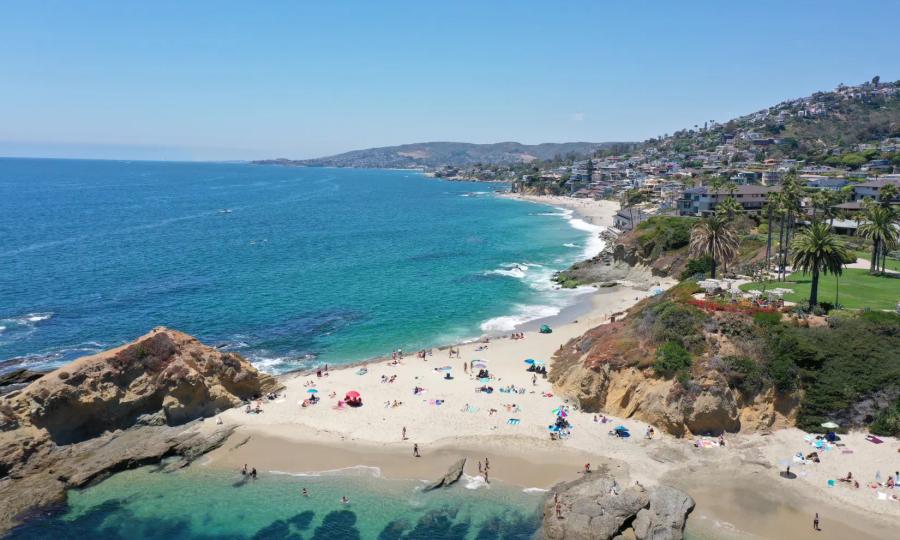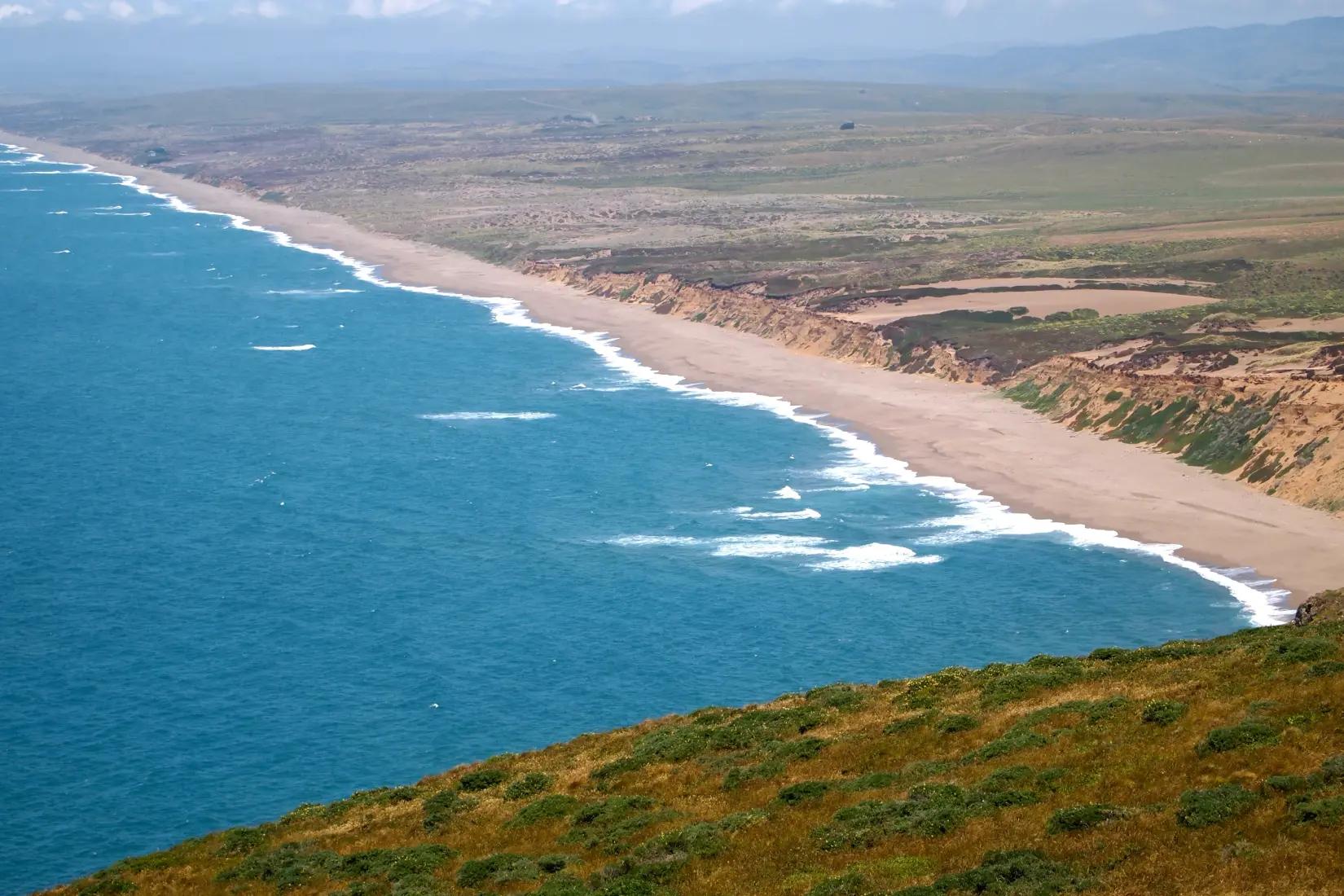Hurricanes are a common and formidable natural force in the southern United States, particularly in Florida, which is one of the most hurricane-prone regions in the world. Due to its location between the Atlantic Ocean and the Gulf of Mexico, Florida is uniquely positioned to experience frequent hurricanes during the annual Atlantic hurricane season, which runs from June to November. These storms, fueled by warm ocean waters, bring high winds, heavy rainfall, and dangerous storm surges that can cause widespread damage. Understanding the different categories of hurricanes is essential for residents and officials in this region to prepare for the devastating effects these storms can unleash.
Live Hurricane Milton Update Feed
Hurricanes are classified into categories based on their wind speed and the potential damage they can inflict. This classification system, known as the Saffir-Simpson Hurricane Wind Scale, ranks hurricanes from Category 1 to Category 5, with each category indicating the intensity of the storm and the severity of its potential impact. Below is an overview of each category:
Category 1: Minimal Damage (Wind speeds: 74-95 mph)
A Category 1 hurricane is the weakest on the scale, but it is still powerful enough to cause significant damage. With winds ranging from 74 to 95 mph, these storms can uproot trees, snap branches, and cause damage to poorly constructed homes and structures. Coastal flooding and minor roof and siding damage are common. While loss of life is typically low, power outages can last several days due to downed power lines.
Category 2: Moderate Damage (Wind speeds: 96-110 mph)
A Category 2 hurricane packs more punch, with winds between 96 and 110 mph. These storms can cause extensive damage to roofs, windows, and doors, as well as mobile homes. Trees can be snapped or uprooted, blocking roads and disrupting power for days to weeks. Storm surges—large walls of water pushed onshore—can cause significant coastal flooding, exacerbating the destruction.
Category 3: Extensive Damage (Wind speeds: 111-129 mph)
At Category 3, a hurricane becomes classified as a "major hurricane." With wind speeds between 111 and 129 mph, these storms can cause extensive damage to homes and infrastructure. Even well-built homes may suffer major roof and siding damage. Roads may become impassable due to fallen trees and debris. Storm surges can inundate coastal areas, leading to severe flooding and displacement of residents.
Category 4: Extreme Damage (Wind speeds: 130-156 mph)
Category 4 hurricanes bring extreme winds of 130 to 156 mph. These storms can devastate communities, with complete roof failure on many homes and the collapse of exterior walls in buildings. Power outages may last weeks to months, and most of the affected area becomes uninhabitable for extended periods due to the sheer extent of destruction. Flooding from both storm surges and heavy rainfall is often catastrophic.
Category 5: Catastrophic Damage (Wind speeds: 157 mph or higher)
A Category 5 hurricane is the most powerful and destructive. With winds exceeding 157 mph, these storms cause catastrophic damage. Many buildings are completely destroyed, particularly those that are not specifically designed to withstand such forces. Trees are uprooted, power grids are knocked out for months, and water systems can be contaminated. Coastal areas can be flooded for miles inland, rendering entire regions uninhabitable for months.
Conclusion
Understanding the different categories of hurricanes is essential for disaster preparedness and response. While even a Category 1 hurricane can be dangerous, the escalating wind speeds and destructive power of higher categories make it vital for individuals and communities to heed evacuation warnings and safety precautions. With proper planning, the loss of life and property can be minimized, even in the face of the most catastrophic storms.







